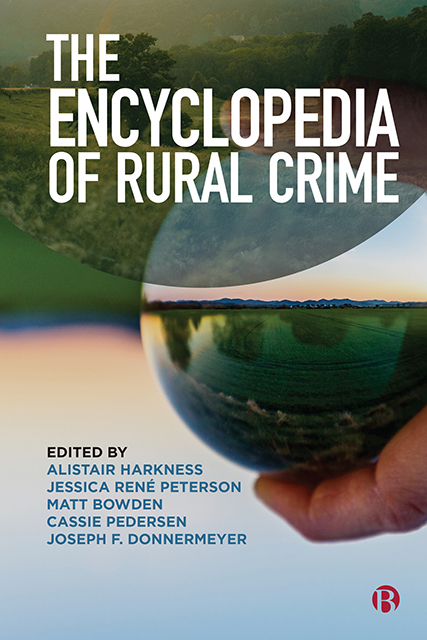Book contents
7 - Late Modernity, Surveillance and Securitization
Published online by Cambridge University Press: 20 June 2023
Summary
Modernity and tradition have long been presented as a dichotomy in sociology and the social sciences to distinguish social development based on industrialization from that based upon agriculture. The former represents an ideal-type for the process of transformation to urban society which we can date following the industrial revolution to the late twentieth century. The latter, by definition, is regarded as the stage from which most industrial societies have transitioned in this period. In sociology, and indeed introductory criminology, students are taught that the traditional society is based upon social institutions that are ascriptive, agrarian and have extended families; the modern is meritocratic, industrial and has nuclear families.
However, in the last quarter of the twentieth century, transformations in technology, politics and culture gave rise to the weakening of the established institutions of industrial modernity – the end of paid work for life, the introduction of lean production or flexible specialization, and the closing of heavy industries. The closure of mines in the valleys of Wales and in other industrialized countries such as Belgium undermined the industrial working-class communities that had been built around them. These were the crisis years accompanying the economic model of neo-liberalism ushered in by regimes in the United Kingdom and United States under Thatcherism and Reaganism. Skilled and semi-skilled industrial jobs were exported to lower cost countries in the developing world, public utilities were privatized and were met with considerable resistance.
Whilst the automation of production undermined ‘good’ manual jobs in trades and industry, computers aided design and manufacturing enabled products to be made with higher precision. In the countries that abandoned heavy industry for high-tech growth, labour markets polarized resulting in a predominance of high-paid jobs at the top of the occupational structure, the collapse of industrial and trade jobs and the rise of a substantial precariat at the bottom of the employment structure. Ultimately this led to a period of economic and, by default, social restructuring that fractured lives and communities. The demise of heavy industrialization also had costs in rural areas as it reduced the need for heavy extractive industries located in valleys, villages and small towns, and redistributed them to other parts of the world in search of minerals to produce in response to our demands for consumer goods.
- Type
- Chapter
- Information
- The Encyclopedia of Rural Crime , pp. 33 - 36Publisher: Bristol University PressPrint publication year: 2022

